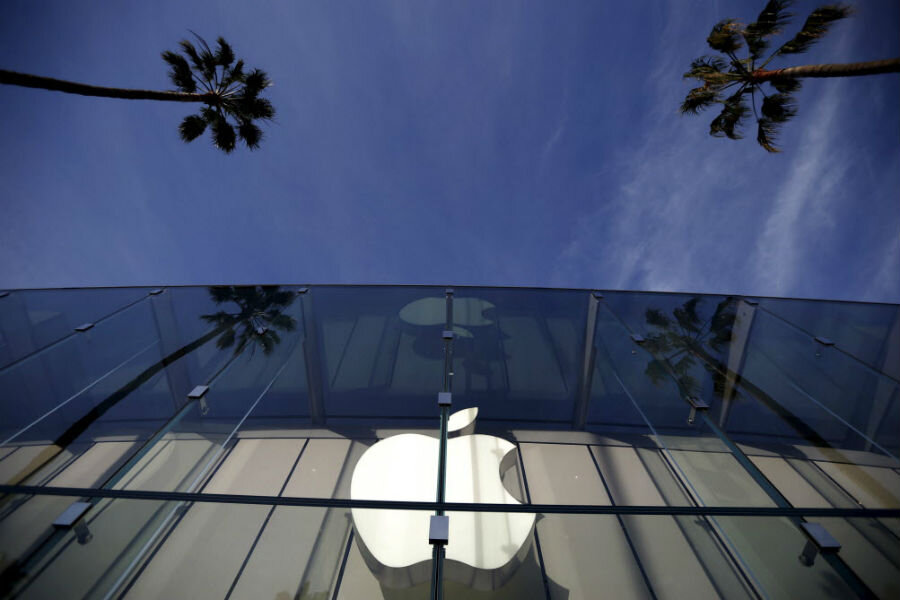Apple slowly improving diversity: How do other tech companies compare?
Loading...
All employees at Apple, regardless of gender or race, now receive equal pay for equal work, said the tech company on Wednesday.
A report published on Apple's "Inclusion and Diversity" webpage outlined recent progress made in increasing diversity among employees in the past two years. The percent of new hires that are female increased from 31 to 37 percent, and underrepresented minorities from 21 to 27 percent.
The numbers reflect a growing attention to diversity within the tech industry, as companies make efforts to recruit female and minority employees. But in an industry (and company) still dominated by white men – 68 percent of Apple employees are still male, and 56 percent white – there is still significant progress yet to be made.
Apple also announced on Wednesday that it had fixed the pay gap between men and women and white and minority employees, following chief executive officer Tim Cook's announcement in February that an internal study found that women earned 99.6 cents for every dollar men with similar positions did, and underrepresented minorities earned 99.7 cents compared to white employees.
In April, Microsoft made a similar announcement, as it reportedly narrowed the wage gap between male and female employees from 99.7 cents per dollar to 99.8 cents.
"I'm encouraged by these results," Kathleen Hogan, Microsoft's executive vice president of human resources, wrote in a blog post at the time. "Our announcement today is another step forward along the path of greater diversity and inclusion progress at Microsoft, and in society as a whole."
Facebook and Amazon, two other tech giants, said earlier this year that they pay their female and male employees equally.
But while the wage gap is slowly closing, industry experts say there is still a good deal of work to be done in improving diversity among Silicon Valley employees.
According to statistics published in June, 69 percent of Google employees are male and 59 percent white. The numbers are only a slight improvement from the company's 2015 diversity report, which outlined a workforce that was 70 percent male and 60 percent white, but the company points to these changes as "encouraging signs of progress" nonetheless.
A report released by Facebook in July revealed that just 2 percent of all its US employees are black and 4 percent Hispanic, showing no improvement from the previous year. Furthermore, while women account for 53 percent of the social media company's nontech workforce, only 17 percent of its tech workforce is female. As The Christian Science Monitor's Bailey Bischoff reported:
Facebook points to the low number of female and minority candidates as one of the obstacles in increasing diversity within the company. For one, early access to computer science training is still quite rare, though the field rewards it. Only 25 percent of high schools teach computer science.
According to the National Center for Women & Information Technology, though girls make up 56 percent of all Advanced Placement (AP) test takers, only 19 percent of AP Computer Science test takers are female. Only 4 percent of test takers were black and 8 percent Hispanic. In college, women earn 57 percent of all undergraduate degrees, but only 18 percent of Computer Science degrees.
Another obstacle in increasing the number of female and minority employees is the fact that networking can play a significant role in the hiring process: 70 to 80 percent of people are hired because of whom they know, Ms. Bischoff reports. For applicants who don't have ties to the company already, this can be a challenge.
While the changes, in number form, may not appear significant, some say the fact that companies have begun to acknowledge the imbalance points to progress.
"I think there’s a higher level of consciousness [about diversity] now in the Valley, which I think is exciting and very welcome," said Leela Srinivasan, the chief marketing officer at Lever, a San Francisco-based firm that provides recruiting technology to a range of companies, to the Monitor's Max Lewontin.






